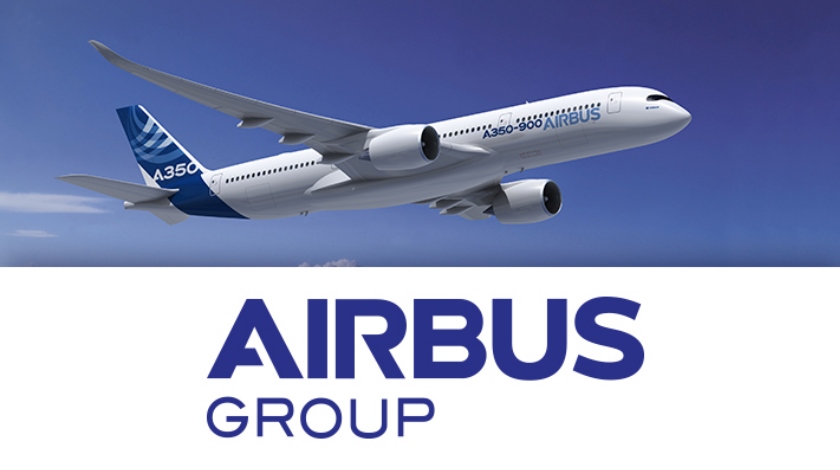Photo: cc.com.mt
Reading Time: 3 minutesThe Airbus Group reported a 50 percent dip in net profits for the first quarter of 2016 with net income of €399 million ($444 million), compared with €792 ($895 million).
While the decline in net income can partly be explained by one-off items, the European company warned of further significant cost issues on both the civil and military sides of its business that could negatively impact year-end financial results for 2016.
Specifically, Airbus Group CEO Thomas Enders flagged up “a serious challenge” with production and delivery of its new A400M military transport, as well as supply chain bottlenecks with the A350XWB widebody airliner and ongoing complications with Pratt & Whitney’s PW1100G-JM engines for the new A320neo narrowbody.
“On the military side, we are now facing a serious challenge for production of the A400M due to new, unexpected issues on the engine propeller gearbox system,” said Enders.
“It’s very frustrating but we’ll have to work through this with our engine partners.”
Earlier this month, Airbus acknowledged that Europrop International, the four-national consortium that has developed the A400M’s TP400-D6 engines, is facing a further delay of an unspecified number of weeks as it seeks to resolve manufacturing faults with the gearboxes, which are made by General Electric subsidiary Avio Aero.
Still to be determined is how the latest technical problems, which triggered an airworthiness directive from the European Aviation Safety Agency, could affect deliveries to customers. Airbus is in discussions with customers on this point and indicated that this could have some “significant” impact on financial results.
According to Airbus, the production ramp-up for the A350XWB is still facing unspecified supply chain bottlenecks, and it also is looking to reduce the backlog of outstanding work and reduce recurring costs. The company, describing these issues as “increasingly challenging,” said that it remains committed to achieving a monthly production rate of 10 aircraft by the end of 2018.
During the first quarter of 2016, the airframer delivered a total of five A320neos to two customers. Meanwhile, Airbus said that Pratt & Whitney is committed to delivering new PW1100G-JM turbofans for aircraft deliveries that are due over the summer of 2016.
“The engines are expected to be delivered to the right level of maturity to enable the Neo ramp-up in the second half of 2016,” said Airbus in a press statement.
“Overall, the A320 ramp-up preparation continues despite temporary supply chain challenges that are expected to be recovered by year-end.”
Group order intake for the first quarter stood at €7.2 billion ($8.1 billion)—66 percent down on the €21 billion ($23.7 billion) figure recorded in the first three months of 2015. But, at €957 million ($1.1 billion) the order book value as of March 31, 2016, was only 4.8 percent down on the same point last year. First quarter group earnings before interest and taxes was 23 percent down on 2015 at €501 million ($566 million).
Airbus logged 10 net commercial aircraft orders in the first quarter (compared with 101 in 1Q 2015) after 22 orders were cancelled, although 14 of these involved customers opting for the new Neo (new engine option) versions of A320s and A330s, rather than the current Ceo (current engine option).
Airbus Helicopters logged 51 net orders (versus 86 in 1Q 2015). The Airbus Defence and Space division increased its order intake by 5 percent, mainly through new orders for satellites and new defense contracts. Group revenues were almost unchanged at €12.2 billion ($13.8 billion).
Enders concluded that “2016 turns out to be the challenging year that we anticipated. Overall, we expect stable financial performance, but deliveries, cash and earnings will be heavily loaded toward the end of the year. And that already shows in our first quarter performance.”
Nonetheless, the group has not changed its financial guidance for 2016 and indicated that it still sees positive growth driven largely by strong backlogs of commercial airliner orders.

